In the twilight world between day and night, a group of mysterious birds takes to the skies on silent wings. Nightjars, with their cryptic plumage and nocturnal habits, remain among the most enigmatic avian species on our planet. These remarkable birds have evolved specialized adaptations that allow them to thrive in the darkness, hunting insects with impressive aerial agility while remaining virtually invisible to both predators and human observers. Despite their widespread distribution across nearly every continent, nightjars are rarely seen and poorly understood by many. This comprehensive guide delves into the secretive world of nightjars, exploring their fascinating biology, unique behaviors, and the conservation challenges they face in our rapidly changing world.
The Nightjar Family: An Introduction to These Mysterious Birds
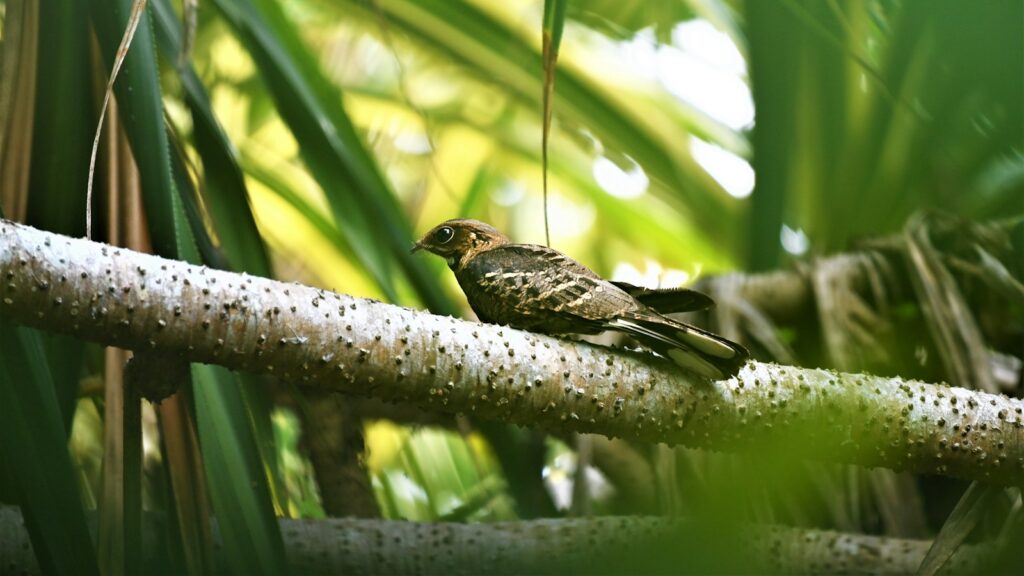
Nightjars belong to the family Caprimulgidae, which includes approximately 100 species distributed worldwide, absent only from polar regions and some remote oceanic islands. These medium-sized birds share a distinctive appearance characterized by cryptic plumage in mottled browns, grays, and blacks that provides perfect camouflage against tree bark, fallen leaves, and forest floors. Their most striking features include disproportionately large eyes adapted for night vision, tiny beaks that open to reveal surprisingly large mouths used for catching insects in flight, and long, pointed wings that enable swift, agile movement through the air. The family includes several well-known groups such as the nighthawks of the Americas, the European nightjar, and the whip-poor-wills, whose onomatopoeic names often reflect their distinctive calls.
Evolutionary History and Classification Complexities
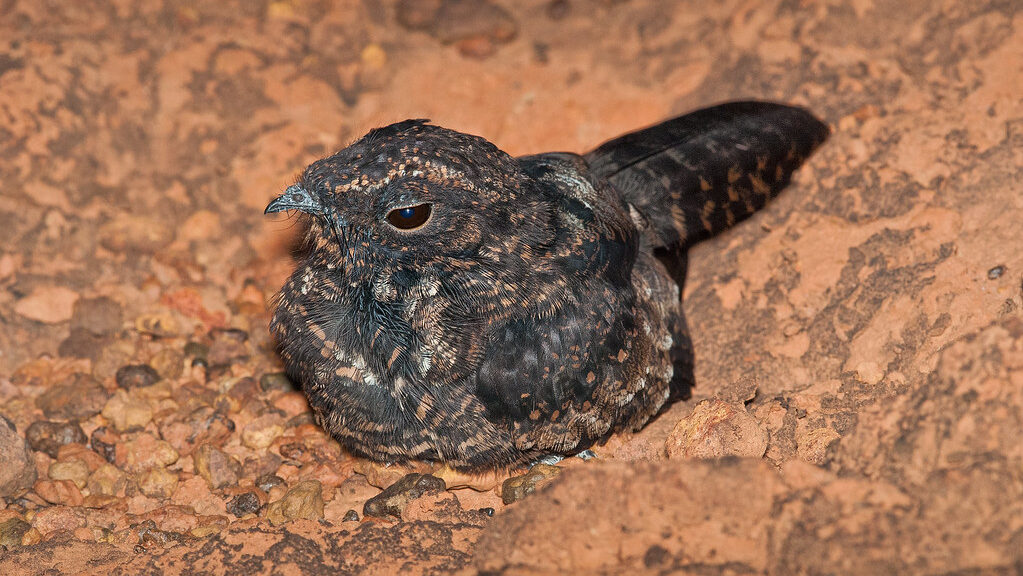
The evolutionary history of nightjars dates back millions of years, with fossil evidence suggesting their ancestral forms were already specialized nocturnal insect-eaters by the early Eocene period, approximately 50 million years ago. They belong to the order Caprimulgiformes, which has undergone significant taxonomic revisions in recent decades as genetic studies have clarified relationships between nightjars and similar birds like frogmouths, potoos, and oilbirds. Interestingly, despite their superficial resemblance to swifts and swallows (with whom they share aerial feeding habits), nightjars are more closely related to hummingbirds, forming part of the larger clade Strisores. The family name “Caprimulgidae” derives from Latin meaning “goat-sucker,” referencing an ancient superstition that these birds would suck milk from goats at night—a myth that persisted for centuries despite having no basis in reality.
Anatomical Adaptations for Nocturnal Living
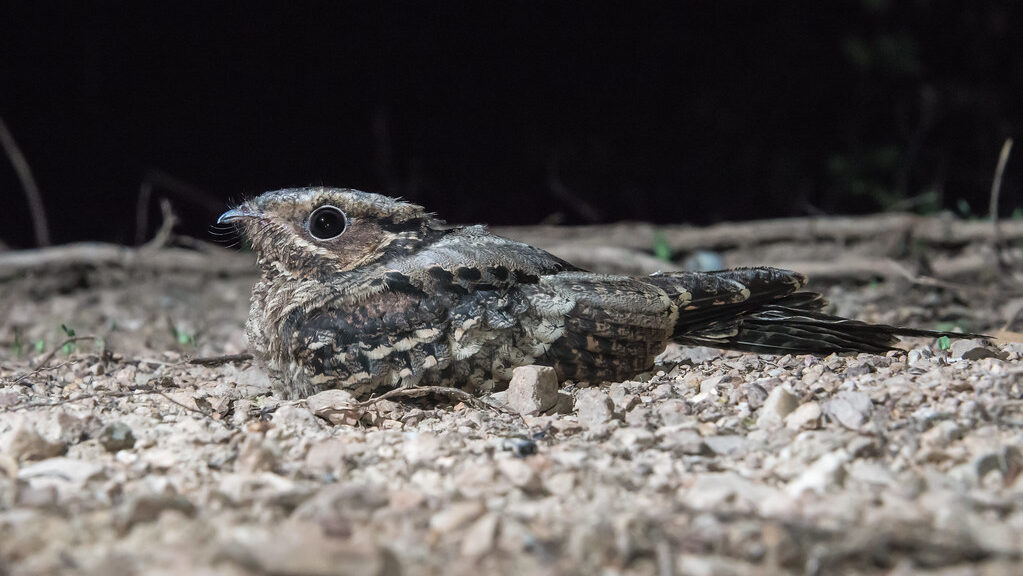
Nightjars possess remarkable anatomical adaptations that enable their nocturnal lifestyle, with their visual system being particularly specialized. Their enormous eyes contain a high concentration of rod cells that maximize light capture, allowing them to see effectively in extremely low light conditions when their insect prey is active. The birds’ seemingly tiny beaks are deceptive, as they conceal a cavernous mouth that can open to an astonishing width, often surrounded by specialized bristles that may help funnel flying insects into their gullet during aerial hunting. Their soft, owl-like plumage enables silent flight, crucial for both hunting success and predator avoidance. Additionally, many species have evolved specialized feathers that produce sounds during display flights or have distinctive white patches that become visible only during specific courtship behaviors, acting as important visual signals in the darkness.
Masters of Camouflage: Daytime Concealment Strategies
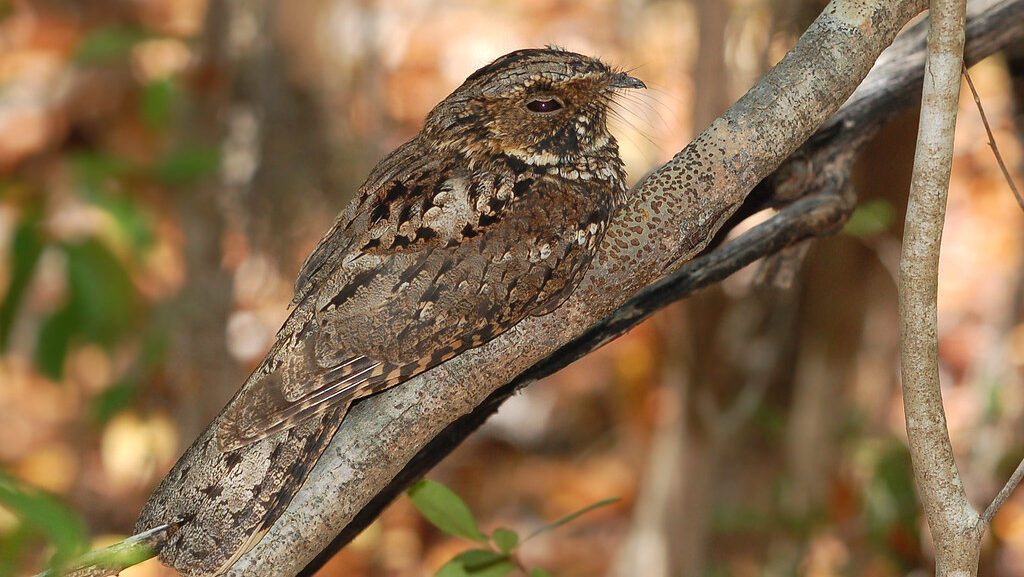
During daylight hours, nightjars rely on extraordinary camouflage to remain hidden from potential predators, with their cryptic plumage perfectly mimicking the patterns of dried leaves, bark, or soil depending on their habitat. Most species adopt a distinctive posture when resting, sitting motionless with their body flattened against the ground or along a horizontal branch, eyes nearly closed to thin slits to minimize reflections that might give away their position. When threatened, nightjars typically remain frozen in place until the last possible moment, betting on their camouflage rather than flight as their first line of defense. Some species enhance this deception by gently rocking when disturbed, mimicking leaves moving in a breeze or shadows shifting across the forest floor—an adaptation so effective that researchers and birdwatchers can walk within inches of a roosting nightjar without detecting it.
Aerial Hunting Techniques and Feeding Ecology
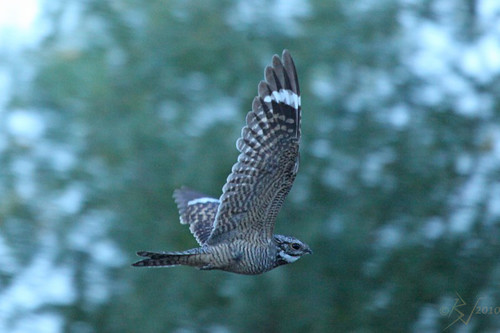
As darkness falls, nightjars transform from motionless statues into aerial acrobats, taking to the skies to feed on nocturnal insects with remarkable precision and agility. Their hunting technique typically involves flying with their enormous mouths open, creating what is essentially a natural insect net as they sweep through concentrations of moths, beetles, and flying ants. Many species hunt in open areas such as forest clearings, over water bodies, or around streetlights where insects congregate, making calculated passes through swarms of prey. The birds’ digestive systems are specially adapted to process large quantities of chitin-rich insect material, and a single nightjar can consume hundreds of insects in one feeding session, making them valuable natural pest controllers. Some tropical species have even developed specialized feeding relationships with particular plant species, helping to control insect pests that might otherwise damage the plants.
Vocalizations: The Mysterious Night Sounds
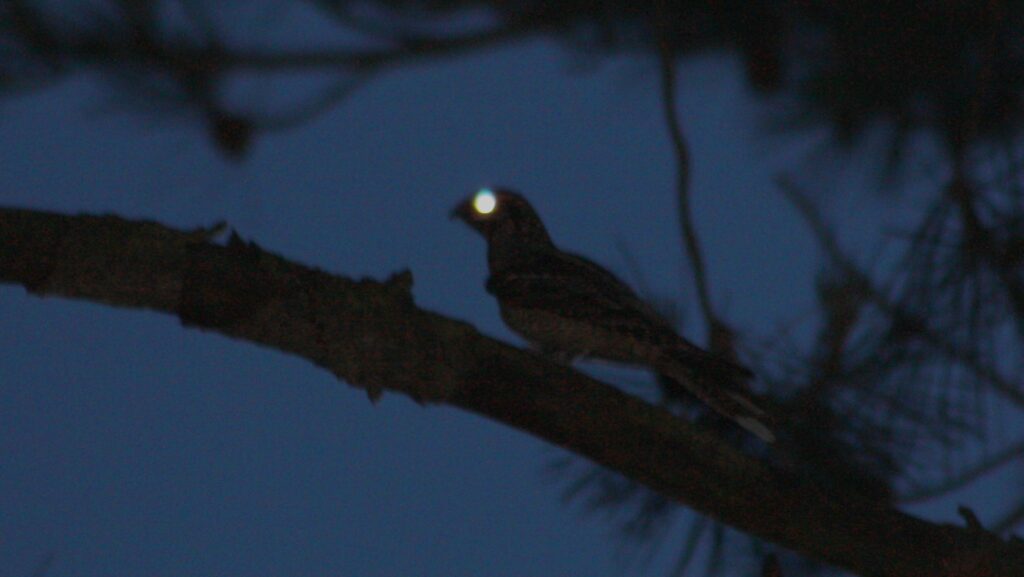
The vocal repertoire of nightjars includes some of the most distinctive and haunting sounds in the avian world, with many species producing calls that have inspired folklore and superstition across cultures. These vocalizations range from the mechanical churring of the European Nightjar to the distinctive “whip-poor-will” phrase that gives the American species its name, sounds that carry remarkably well through forest environments in the still night air. Most nightjar species are highly vocal during their breeding season, with males calling persistently to establish territories and attract mates, sometimes continuing their vocal performances throughout the night. These calls serve multiple functions beyond mate attraction, including territory defense, group cohesion during migration, and parent-offspring communication. Interestingly, some species have geographic variations in their calls, essentially developing regional “dialects” that can help researchers track population movements and evolutionary divergence.
Unusual Breeding Behaviors and Nesting Habits
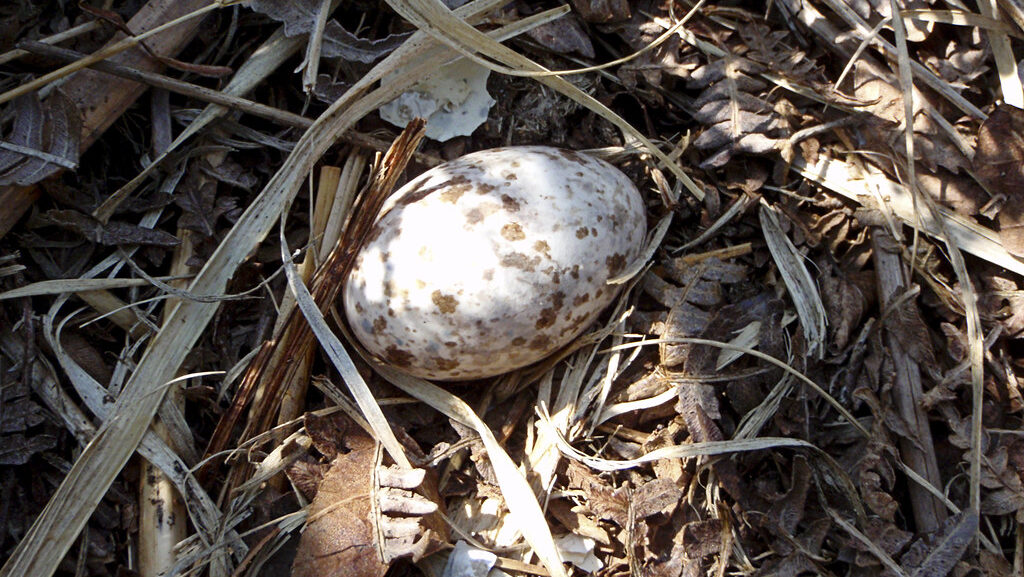
The breeding biology of nightjars is characterized by extreme simplicity in nest construction paired with sophisticated parental care strategies. Most species lay their eggs directly on bare ground, fallen leaves, or occasionally on flat tree branches, with no nest structure whatsoever—simply selecting spots where their camouflage will be most effective. Clutch sizes are typically small, usually just one or two eggs, which are often remarkably beautiful with cryptic marbling that helps them blend into the substrate. Both parents typically participate in incubation duties, with precisely synchronized changeovers at dawn and dusk to minimize the risk of predator detection. When disturbed near their eggs or young, many nightjar species employ elaborate distraction displays, feigning injury by dragging a wing as if broken to lure potential predators away from their vulnerable offspring, a behavior that demonstrates their remarkable parental investment despite their minimal nesting efforts.
Migratory Patterns and Navigation Mysteries
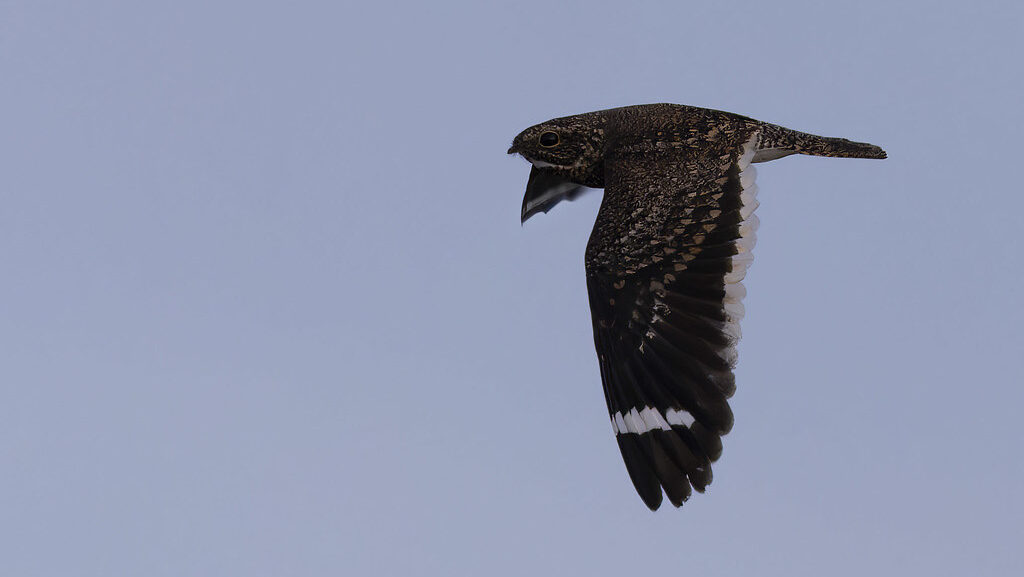
Many nightjar species undertake impressive seasonal migrations, with some traveling thousands of miles between breeding and wintering grounds. The Common Nighthawk of North America migrates from Canada to South America, while the European Nightjar travels from northern Europe to sub-Saharan Africa, navigating these vast distances with precision despite traveling primarily under cover of darkness. Research using geolocators and satellite tracking has revealed that these birds often follow different routes in spring and fall migrations, suggesting complex navigational capabilities that scientists are still working to understand. Some species appear to use a combination of stellar navigation, geomagnetic sensing, and landmark recognition to maintain their course during these epic journeys. The timing of nightjar migration is often precisely synchronized with insect abundance patterns along their routes, demonstrating remarkable evolutionary adaptations that maximize their feeding opportunities during these energetically demanding travels.
Global Distribution and Habitat Diversity
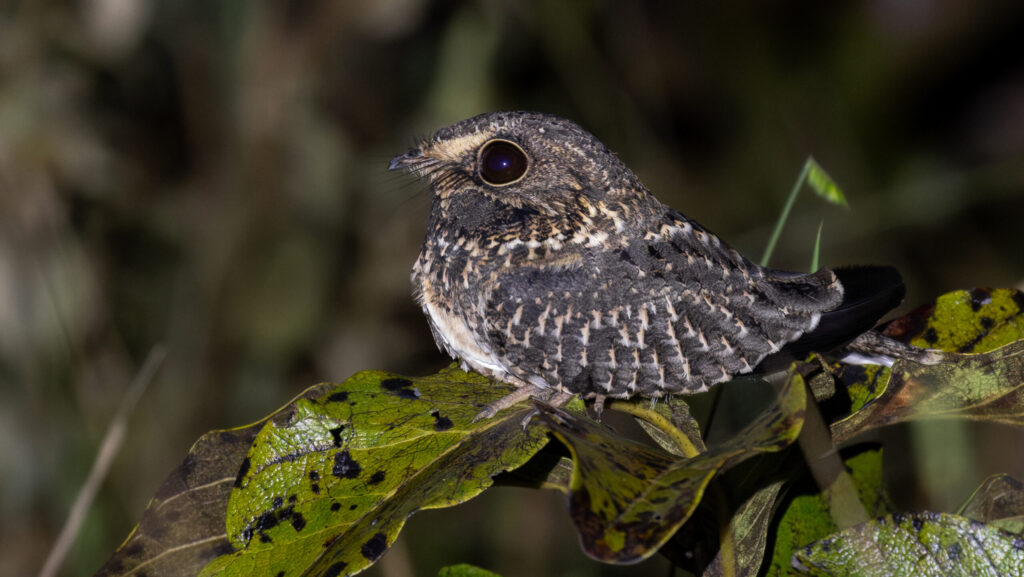
Nightjars have successfully colonized almost every terrestrial habitat across their nearly worldwide distribution, absent only from the polar regions and certain remote oceanic islands. Different species have specialized to thrive in environments ranging from dense tropical rainforests to arid deserts, temperate woodlands, and even agricultural landscapes, showing remarkable ecological flexibility. Their habitat requirements generally center around a combination of open areas for feeding and vegetated cover for daytime roosting and nesting, with many species preferring edge habitats where these two conditions meet. This habitat versatility has allowed nightjars to persist in many human-modified landscapes, though their specific needs for undisturbed nesting sites and abundant flying insects make them sensitive to certain types of habitat degradation. Some species show extreme habitat specialization, such as the Sickle-winged Nightjar of South America, which is found exclusively in high-altitude grasslands, or the Sand-colored Nighthawk, which is perfectly adapted to desert environments.
Cultural Significance and Folklore Across Civilizations
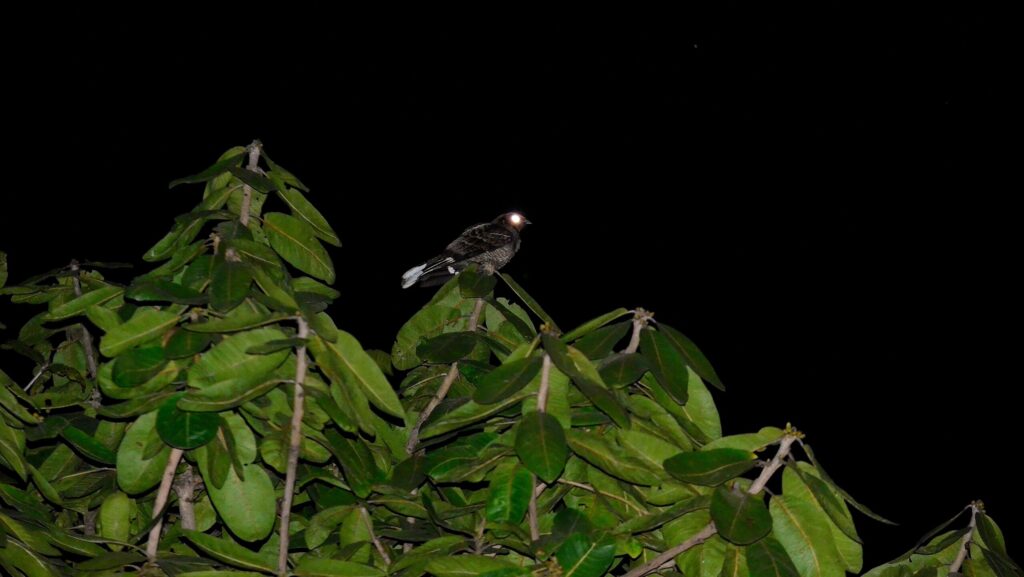
Throughout human history, the mysterious nature of nightjars has inspired a rich tapestry of folklore, superstitions, and cultural beliefs across civilizations. In European traditions, their nocturnal habits and silent flight led to the persistent myth that they stole milk from goats, giving rise to names like “goatsucker” still reflected in their scientific classification. Many Indigenous cultures of the Americas considered the calls of whip-poor-wills and other nightjars to be omens, sometimes associated with death or spiritual messages, while in parts of Africa, nightjar calls were believed to predict rain or other significant events. In Southeast Asian folklore, nightjars are sometimes associated with the souls of unbaptized children or restless spirits, a belief that likely stems from their ghost-like appearance when glimpsed briefly in the darkness. Despite being maligned in some traditions, other cultures recognized nightjars as beneficial creatures that controlled insect populations, demonstrating humanity’s complex and often contradictory relationship with these enigmatic birds.
Conservation Challenges in the Modern World
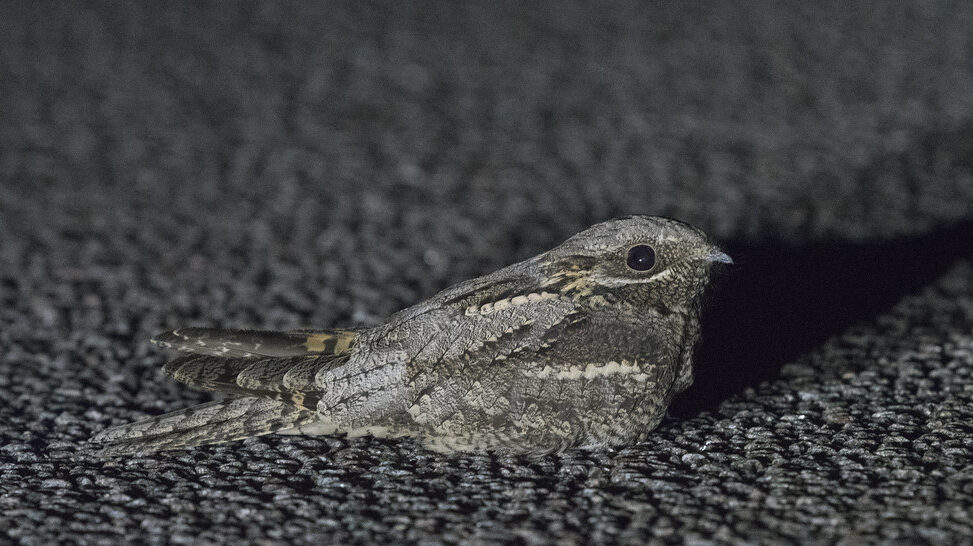
Many nightjar species face significant conservation challenges in the twenty-first century, with population declines documented across multiple continents. Their specialized requirements for both undisturbed nesting habitat and abundant aerial insects make them particularly vulnerable to multiple environmental threats, including habitat loss, agricultural intensification, and widespread insect declines linked to pesticide use. Light pollution presents another serious challenge, disrupting their nocturnal hunting patterns and potentially interfering with migration and breeding behaviors essential to their survival. Climate change impacts are becoming increasingly evident, with shifting precipitation patterns affecting insect availability and altered seasonal timing creating potential mismatches between nightjar breeding cycles and peak food abundance. Road mortality is another significant threat, as many species are attracted to roads for both the insects drawn to streetlights and the warm surfaces for roosting, resulting in high collision rates with vehicles during nocturnal hours.
Research Challenges and Modern Tracking Techniques
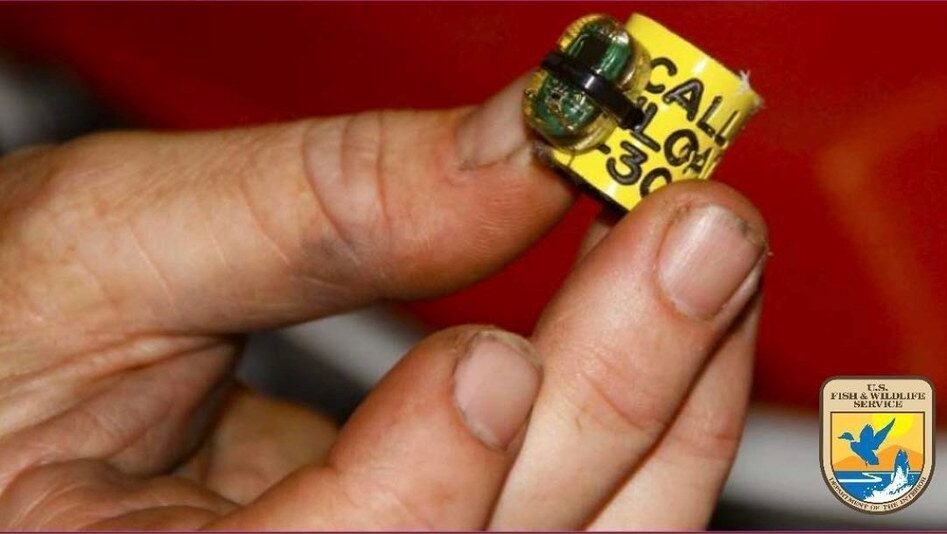
The secretive nature of nightjars has historically made them exceptionally difficult to study, resulting in significant knowledge gaps about many aspects of their ecology and behavior compared to more visible bird groups. Traditional bird research methods like point counts and nest monitoring are often ineffective with these cryptic species, requiring specialists to develop innovative approaches specifically tailored to nocturnal birds. Modern tracking technologies have revolutionized nightjar research, with miniaturized geolocators, GPS tags, and radio transmitters providing unprecedented insights into their movements, habitat use, and migratory pathways. Bioacoustic monitoring has proven particularly valuable, with automated recording units deployed in potential nightjar habitat capturing their distinctive calls for analysis, allowing researchers to document presence, abundance, and activity patterns without direct observation. Citizen science initiatives have also contributed significantly to nightjar conservation, with specialized programs engaging volunteers to conduct standardized twilight surveys along established routes, generating valuable long-term population trend data across broad geographic regions.
The Future of Nightjar Conservation and Research
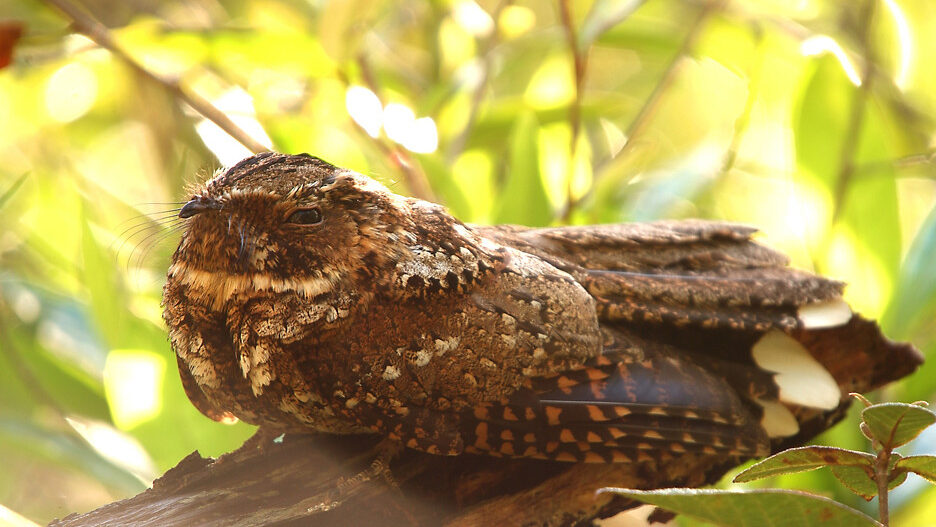
The future of nightjar conservation depends on integrated approaches that address multiple threats simultaneously while filling critical knowledge gaps through continued research. Targeted habitat protection efforts must focus on preserving the diverse landscape mosaics these birds require, including both feeding areas and secure nesting sites, while incorporating nightjar needs into broader land management planning. Addressing insect declines through reduced pesticide use and more sustainable agricultural practices will be essential for ensuring adequate food resources, as will efforts to minimize light pollution in critical nightjar habitats. Climate change adaptation strategies may include protecting potential climate refugia and ensuring connectivity between habitat patches to allow for range shifts as conditions change. Increased public awareness about these fascinating but often overlooked birds will be crucial for generating conservation support, with nightjars potentially serving as charismatic ambassadors for nocturnal biodiversity and the importance of maintaining natural darkness in our increasingly illuminated world.
Conclusion
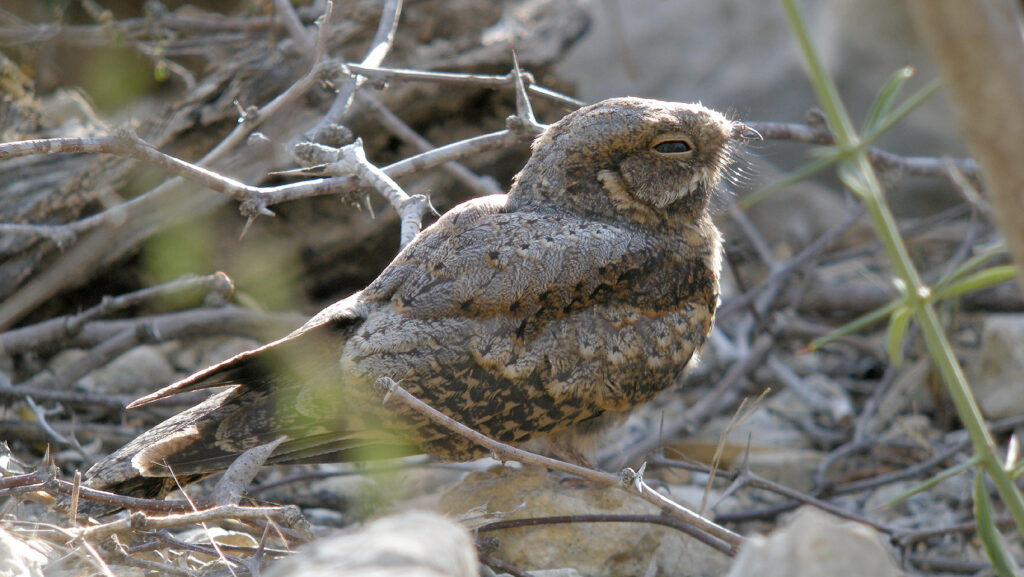
As we conclude our exploration of nightjars, we’re reminded that even in our thoroughly documented world, pockets of mystery remain. These remarkable birds continue to captivate scientists and nature enthusiasts alike with their specialized adaptations, cryptic behavior, and haunting presence in the twilight hours. By understanding the complex lives of nightjars, we gain not only appreciation for their evolutionary ingenuity but also insight into the delicate balance of nocturnal ecosystems worldwide. As research techniques advance and conservation efforts expand, we may finally shed more light on these masters of darkness, ensuring their mysterious calls continue to echo through the night for generations to come.
